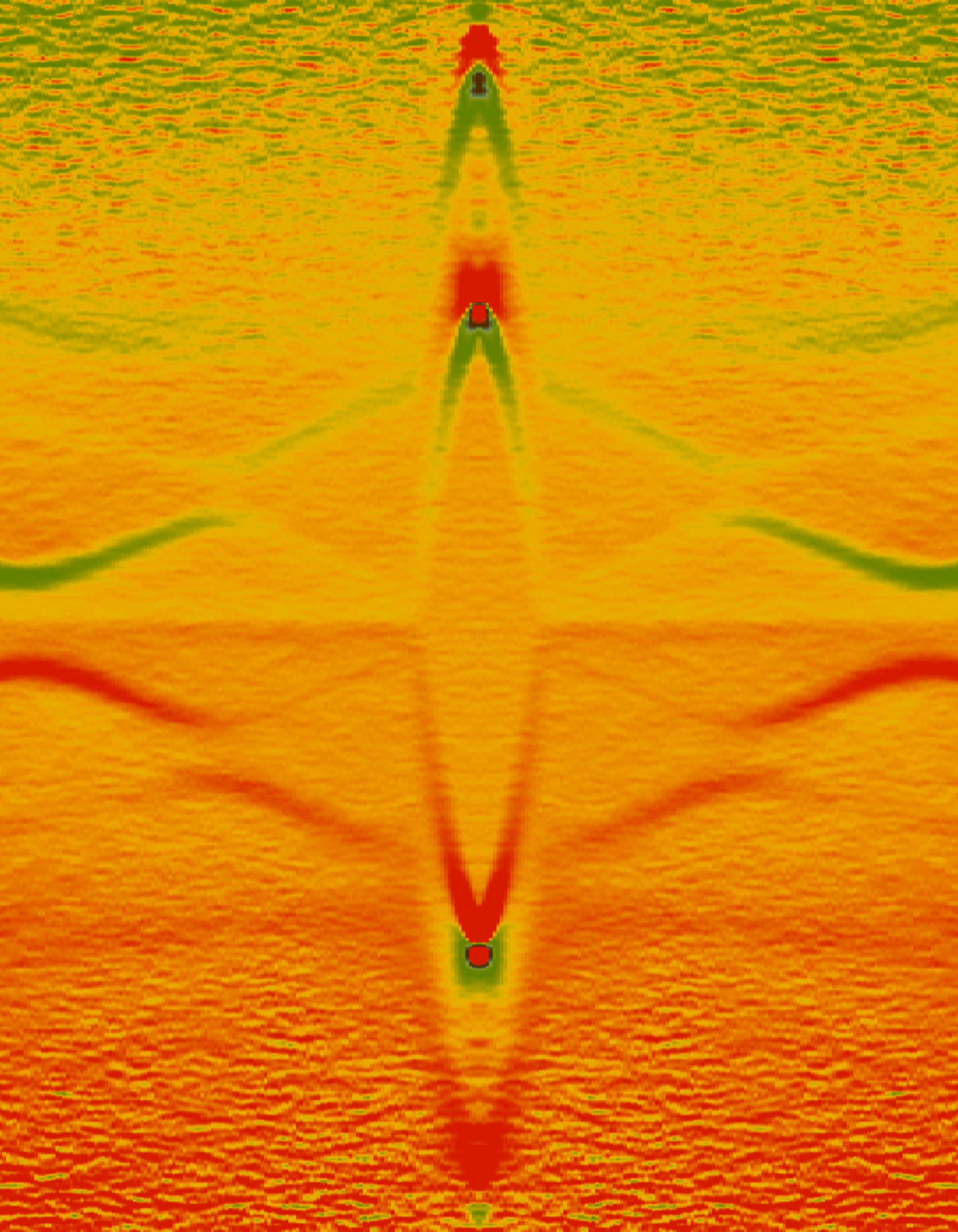
It is impossible to picture modern life without thinking of the vast amount of microelectronic applications that surround us. However, such development has only been made possible with the invention of the transistor in the 50’s. This – back at that time – few centimeters large device, led to a technological revolution. Today the size of the transistors has been shrunk to 7 nm and quantum physics comes into play. Researchers in basic research are trying to develop new concepts which will use quantum mechanics and allow information processing to operate on completely different principles.
In this line, Loss and DiVincenzo suggested the use of electron spins confined in lithographically defined quantum dots as elementary qubits to realize a quantum computer. In the past few years holes in Ge have emerged as a very promising platform for the realization of spin qubits, due to the small effective mass, large spin orbit coupling and absence of the valley problem faced by electron spins. In addition, in the quantum information community there has been recently a huge wave of excitement in the prospect of using protected qubits for quantum computation. Such protection can be realized on the hardware-level by using topological qubits or cleverly designed electrical circuits.
In the nanoelectronics group we study spin qubits in two dimensional Ge heterostructures and in parallel we aim to understand whether protected qubits can be realized in hybrid semiconductor-superconductor systems. While our research is focused on the realization of different types of qubits, the group is very much interested in studying new fundamental physics emerging in semiconductor nanodevices.
You must be logged in to post a comment.